In August of 2016, at the International Geological Congress in Cape Town, one of the world’s leading scientists declared we were living at the dawn of a new geological epoch – the human-influenced age. This new era, termed Anthropocene, replaces the current epoch, the Holocene, the 12,000 years of stable climate since during which all human civilisation developed.
Format International Photography Festival in Derby, the UK’s largest photography festival, opened this weekend for its eighth edition, aiming to explore this notion of the Anthropocene by asking photographers to respond to the word “habitat”. Featuring more than 200 international artists and photographers across 30 exhibitions, the biennial is situated across independent cinema and exhibition spaces such as Quad, University of Derby and the Derby Museum and Art Gallery.
The festival’s flagship exhibition, titled Ahead Still Lies Our Future, is on show at art space Derby Quad, and features work by ten photographers, brought together by curators Hester Keijser and festival director Louise Clements. “I wanted to offer up experiences concerning the complexity of our existence on the planet,” Clements said when interviewed for the March 2017 issue of BJP.
“Climate, migration, technology: they all seem to be accelerating and the consequences are quite momentous. We are impacting the geology of Earth. It was important to me to do something vital. As a festival, we’re not just here to celebrate the achievements of the artists; we also want to have some kind of impact.”

Shot in a lake near Kabul, Abdul shows a man deep in the water holding a black flag. He seems to be struggling with the current, unsure of his footing, as Abdul alternates between intimate shots of his face and more distant perspectives, in which he’s orientated in the vastness of his surroundings. Finally, he vanishes under the surface. It’s a compelling, disturbing watch; an example of how much power a metaphor can have.
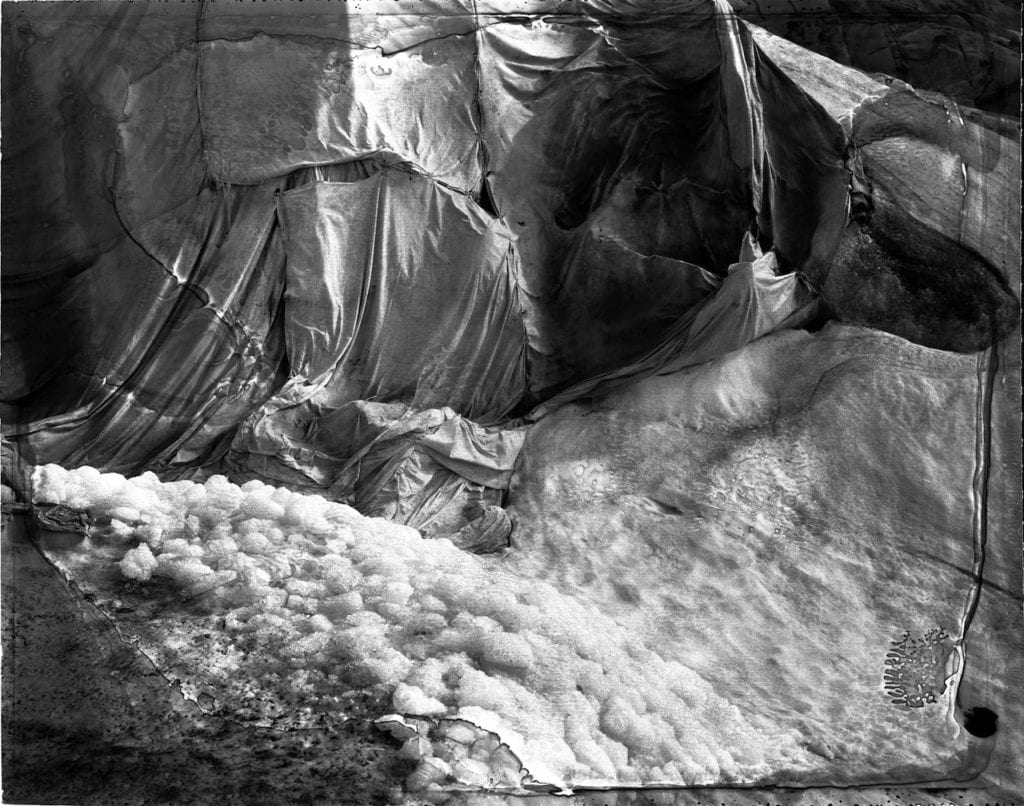
Lisa Barnard, a senior lecturer in documentary photography at the University of South Wales who was at the festival’s opening weekend, gave a fascinating insight into her new series The Canary and The Hammer – a look at the ongoing value of gold, the so-called ‘gold standard’, and the industrial conditions surrounding the element’s extraction. The project is a response to the 2008 financial crisis “and western world’s determination to accumulate wealth,” Barnard said. “Gold provides a prism through which globalism can be understood.”
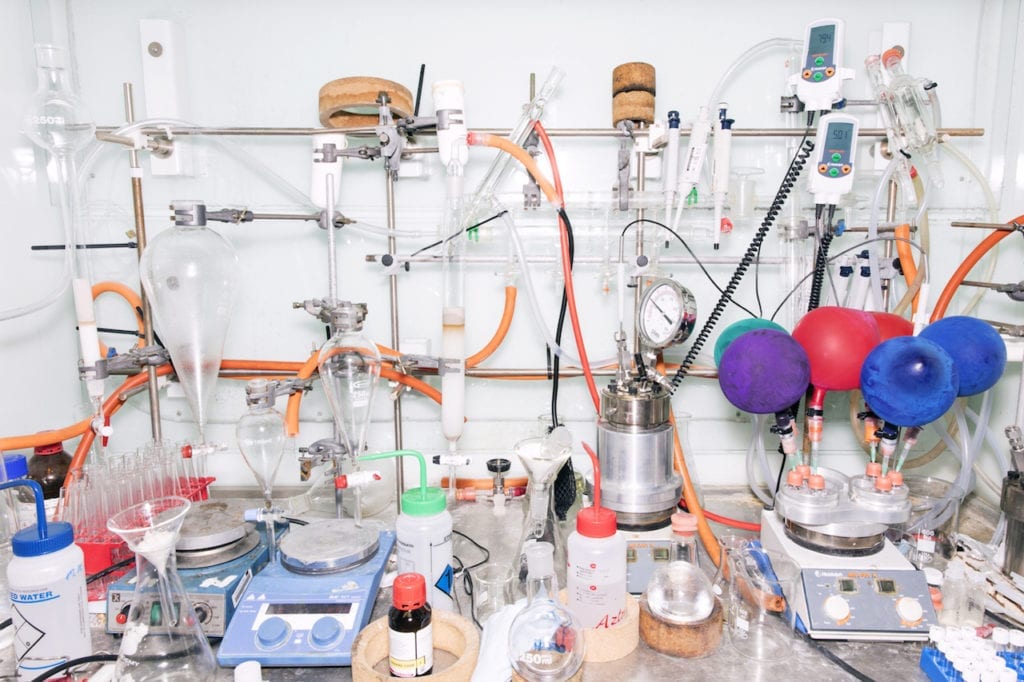
Also among the headline events was the festival’s Open Call, which includes more than 50 projects from emerging photographers, chosen by a panel of judges and shown in non-traditional gallery spaces. Entries were received from 68 countries, and the final selection includes work from image-makers such as Gijs van den Berg and Jan Dirk van der Burg, Christopher Bethell, Dominika Gesicka, Katrin Koenning, Drew Nikonowicz, Alexandra Polina and Alexey Shlyk.
As part of the festival’s very diverse talks programme, Poulomi Basu showed her latest multimedia project A Ritual of Exile, a shocking documentary of the gender-based violence against women in Nepal and India. Basu’s series is on show at Pearson’s, a 19th century former school, and one of Format’s most interesting exhibition spaces.
In it she explores a superstitious element of Hinduism, practiced in its most conservative form, which sees women deemed untouchable when they get their period, and banished from the villages and towns. They hole up in sheds or caves in forests or low mountain reaches, braving the elements for the duration, which is where Basu choose to photograph them.
Her portraiture-based documentary series also includes quotes from the women, expressing their experience. A sense of advocacy is clear, and the project is all the stronger for it; Basu’s use of Pearson’s, an outlier in the city with peeling walls and a sense of trespass, also made for a very fitting setting.
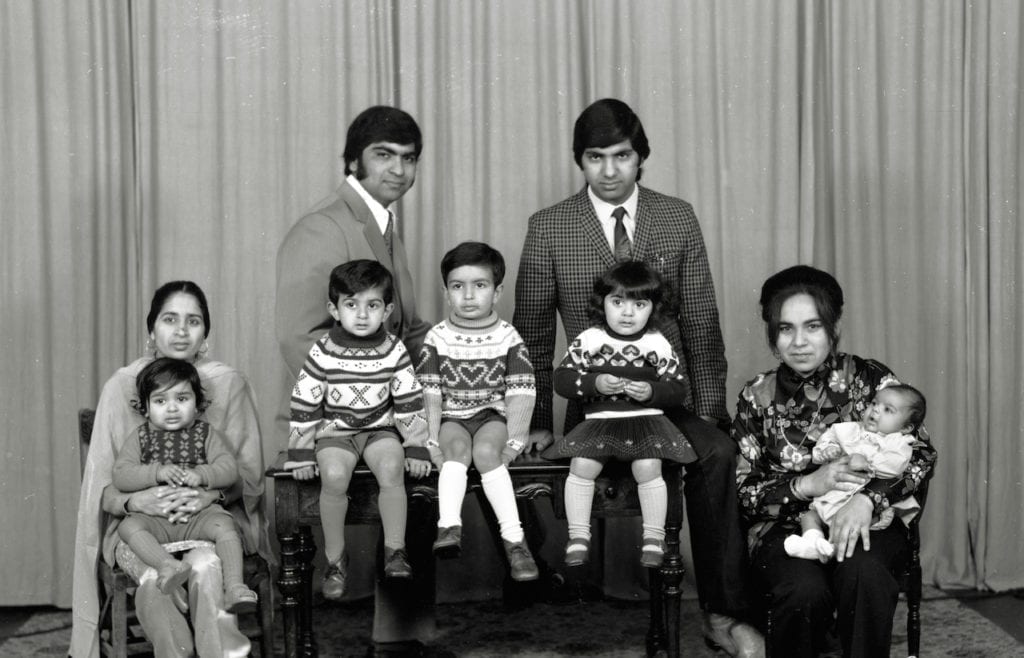
The exhibition, which takes place in the still-trading studio, displays the fruits of local artist Debbie Adele Cooper’s work with the archive, much of which is still precariously stored in the basement. With the help of local volunteers, all of whom are working for free, Cooper and her team have created a powerful tribute to Derby, and the exhibition is a great example of what photography can achieve when it reaches out and engages with people outside the photo in-crowd.
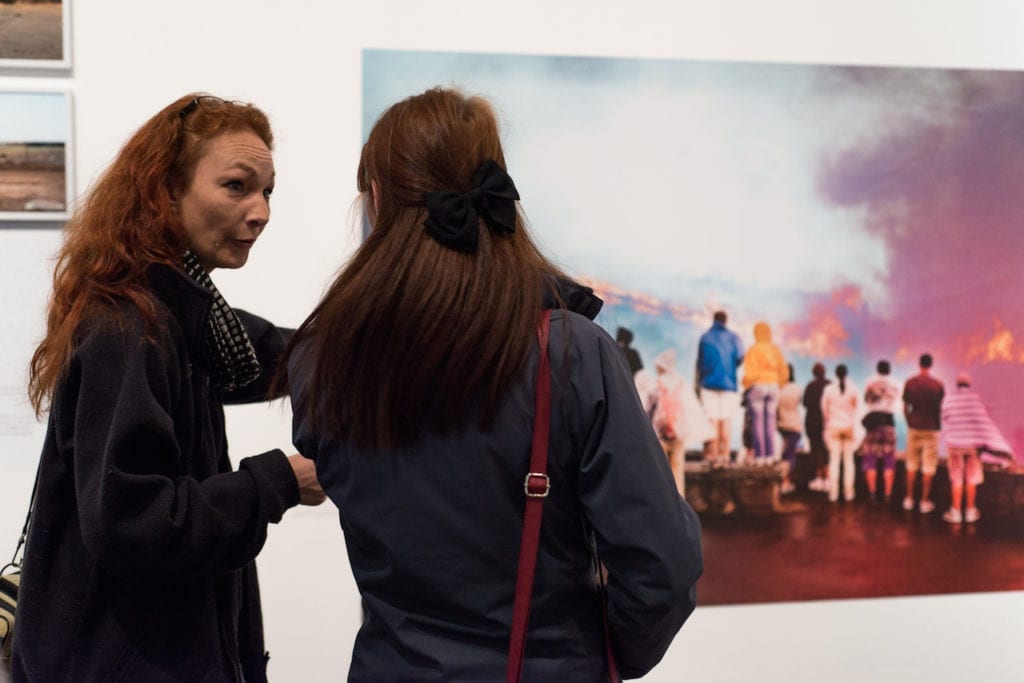
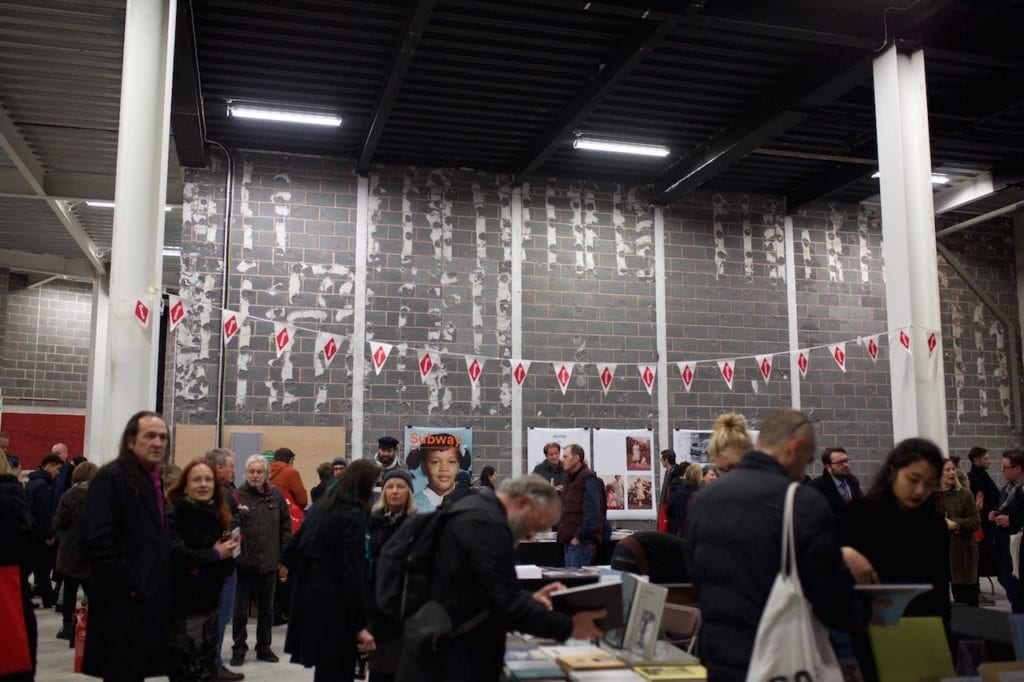
The film’s director, Matt Tyrnauer, only has one other feature credit to his name. But his documentary stands out for its highly visual take on a subject that could be dry, worthy and academic. The streets of New York, the cluttered, intense joy of living in such a huge and hectic place, are brought alive here, in part with the use of a huge and diverse image bank of archive shots of New York, stretching right back to the early 20th century. It is a deeply prescient film in this age of mass urbanisation, and an excellent understanding of the habitat theme.
And finally a quick word for some of the artists who took part in the portfolio reviews throughout Saturday, in the hope of reaching a wider audience. Work that struck me included Sarah Tulloch’s collage-based reworkings of her family archive and newspaper images, Italian photography student Rossella Castello’s explorations of London, and the cameraless, darkroom-based work of Devon-based photographer Jo Bradford.
Format International Photo Festival runs until 23 April.

